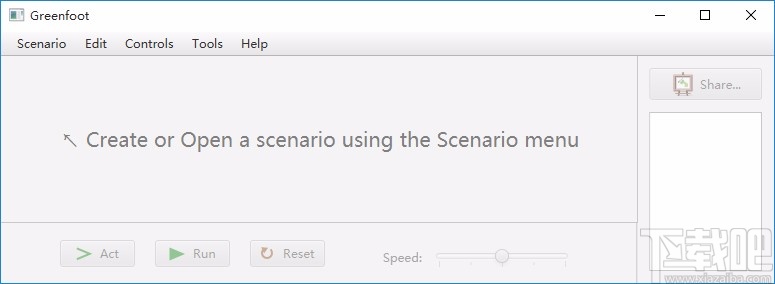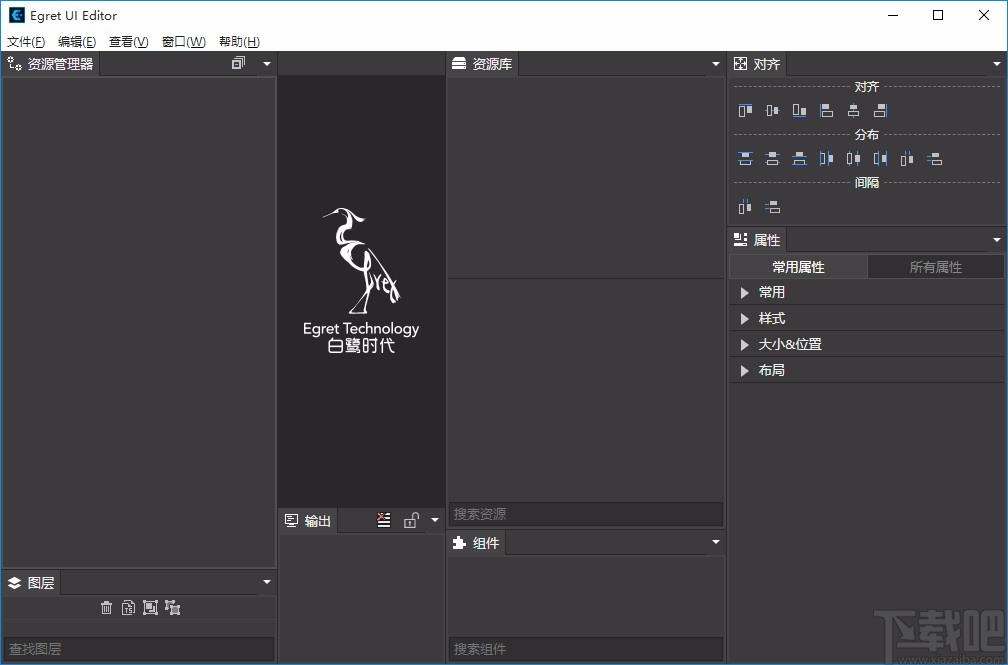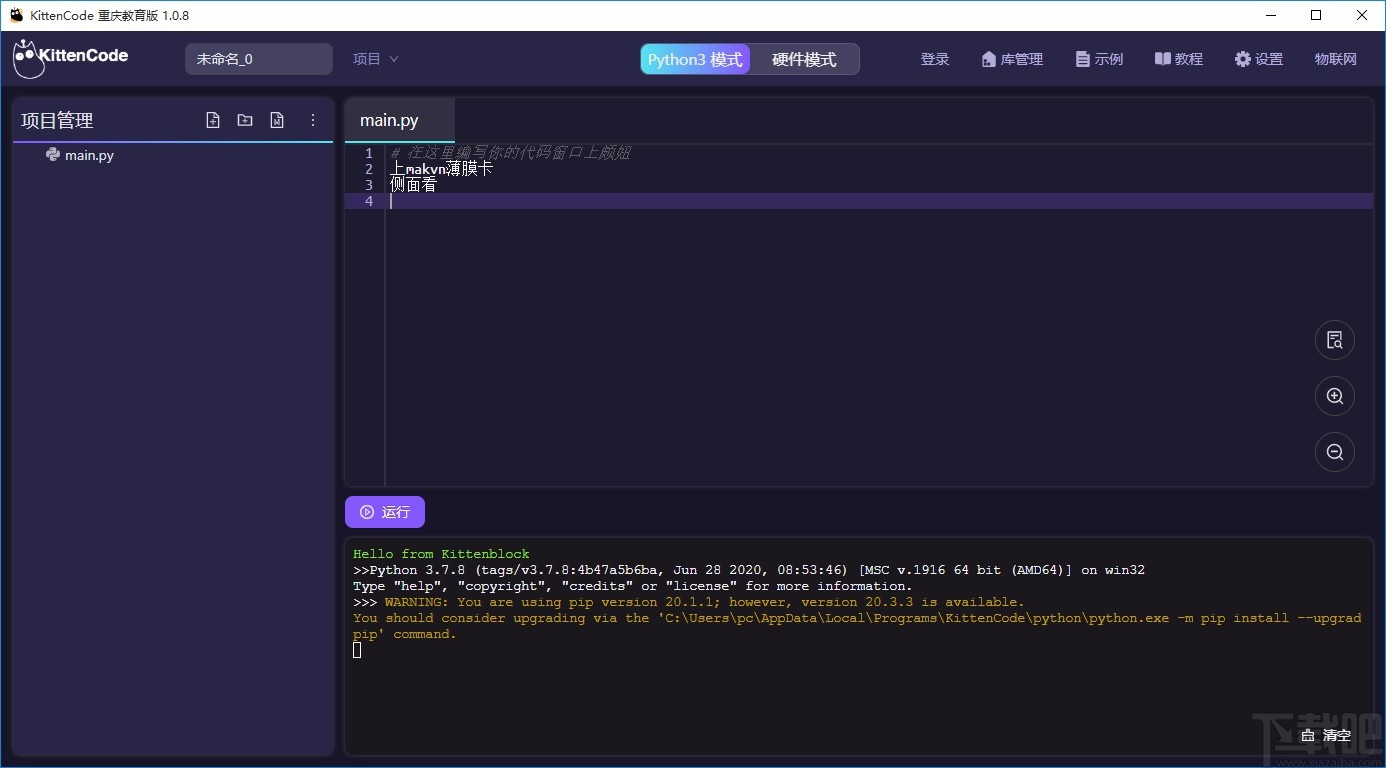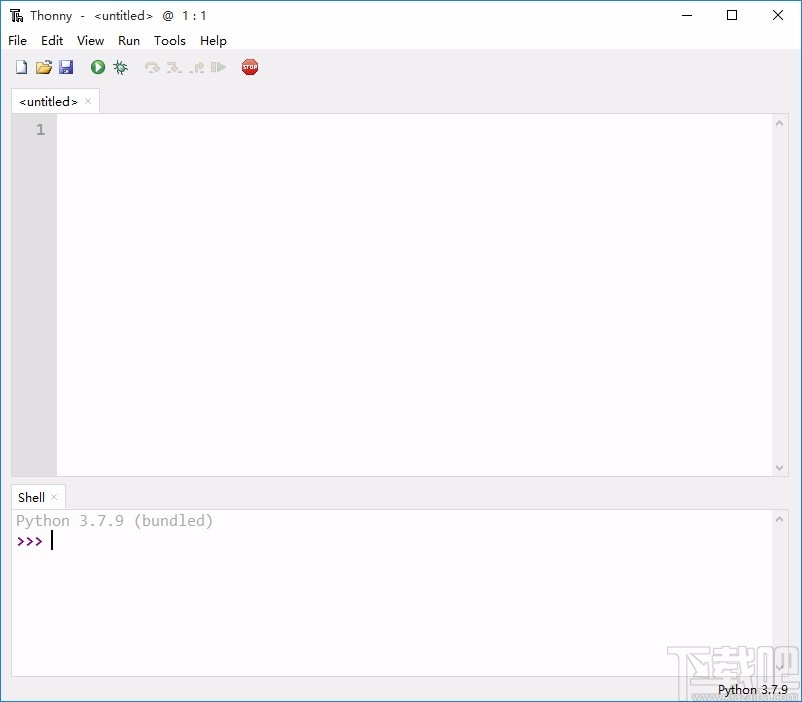Network Working Group R. Petke
Request for Comments: 2717 UUNET Technologies
BCP: 35 I. King
Category: Best Current Practice Microsoft Corporation
November 1999
Registration Procedures for URL Scheme Names
Status of this Memo
This document specifies an Internet Best Current Practices for the
Internet Community, and requests discussion and suggestions for
improvements. Distribution of this memo is unlimited.
Copyright Notice
Copyright (C) The Internet Society (1999). All Rights Reserved.
Abstract
This document defines the process by which new URL scheme names are
registered.
1.0 IntrodUCtion
A Uniform Resource Locator (URL) is a compact string representation
of the location for a resource that is available via the Internet.
RFC2396 [1] defines the general syntax and semantics of URIs, and,
by inclusion, URLs. URLs are designated by including a "<scheme>:"
and then a "<scheme-specific-part>". Many URL schemes are already
defined, however, new schemes may need to be defined in the future in
order to accommodate new Internet protocols and/or procedures.
A registration process is needed to ensure that the names of all such
new schemes are guaranteed not to collide. Further, the registration
process ensures that URL schemes intended for wide spread, public use
are developed in an orderly, well-specified, and public manner.
This document defines the registration procedures to be followed when
new URL schemes are created. A separate document, RFC2718,
Guidelines for URL Schemes [2], provides guidelines for the creation
of new URL schemes. The primary focus of this document is on the
<scheme> portion of new URL schemes, referred to as the "scheme name"
throughout this document.
1.1 Notation
The key Words "MUST", "MUST NOT", "REQUIRED", "SHALL", "SHALL NOT",
"SHOULD", "SHOULD NOT", "RECOMMENDED", "MAY", and "OPTIONAL" in this
document are to be interpreted as described in RFC2119.
2.0 URL Scheme Name Registration Trees
2.1 General
In order to increase the efficiency and flexibility of the URL scheme
name registration process, the need is recognized for multiple
registration "trees". The registration requirements and specific
registration procedures for each tree differ, allowing the overall
registration procedure to accommodate the different natural
requirements for URL schemes. For example, a scheme that will be
recommended for wide support and implementation by the Internet
community requires a more complete review than a scheme intended to
be used for resources associated with proprietary software.
The first step in registering a new URL scheme name is to determine
which registration tree the scheme should be registered in.
Determination of the proper registration tree is based on the
intended use for the new scheme and the desired syntax for the scheme
name.
This document will discuss in detail the tree that reflects current
practice, under IETF ownership and control. It will also set forth
an outline to assist authors in creating new trees to address
differing needs for wide acceptance and interoperability, ease of
creation and use, and type and "strength" of ownership.
2.2 The IETF Tree
The IETF tree is intended for URL schemes of general interest to the
Internet community. The tree exists for URL schemes that require a
substantive review and approval process. It is eXPected that
applicability statements for particular applications will be
published from time to time that recommend implementation of, and
support for, URL schemes that have proven particularly useful in
those contexts.
2.3 Additional Registration Trees
From time to time and as required by the community, the IESG may
create new top-level registration trees. These trees may require
significant, little or no registration, and may allow change control
to rest in the hands of individuals or groups other than IETF. A new
tree should only be created if no existing tree can be shown to
address the set of needs of some sector of the community.
3.0 Requirements for Scheme Name Registration
3.1 General Requirements
All new URL schemes, regardless of registration tree, MUST conform to
the generic syntax for URLs as specified in RFC2396.
3.2 The IETF Tree
Registration in the IETF tree requires publication of the URL scheme
syntax and semantics in either an Informational or Standards Track
RFC. In general, the creation of a new URL scheme requires a
Standards Track RFC. An Informational RFCmay be employed for
registration only in the case of a URL scheme which is already in
wide usage and meets other standards set forth in RFC2718, such as
"demonstrated utility" within the Internet Architecture; the IESG
shall have broad discretion in determining whether an Informational
RFCis suitable in any given case, and may either recommend changes
to such document prior to publication, or reject it for publication.
An Informational RFCpurporting to describe a URL scheme shall not be
published without IESG approval. This is a departure from practice
for Informational RFCs as set forth in RFC2026, for the purpose of
ensuring that the registration of URL schemes shall serve the best
interests of the Internet community.
The NAMES of schemes registered in the IETF tree MUST NOT contain the
dash (also known as the hyphen and minus sign) character ("-")
USASCII value 2Dh. Use of this character can cause confusion with
schemes registered in alternative trees (see section 3.3).
An analysis of the security issues inherent in the new URL scheme is
REQUIRED. (This is in accordance with the basic requirements for all
IETF protocols.) URL schemes registered in the IETF tree should not
introduce additional security risks into the Internet Architecture.
For example, URLs should not embed information which should remain
confidential, such as passwords, nor should new schemes subvert the
security of existing schemes or protocols (i.e. by layering or
tunneling).
The "owner" of a URL scheme name registered in the IETF tree is
assumed to be the IETF itself. Modification or alteration of the
specification requires the same level of processing (e.g.
Informational or Standards Track RFC) as used for the initial
registration. Schemes originally defined via an Informational RFC
may, however, be replaced with Standards Track documents.
3.3 Alternative Trees
While public exposure and review of a URL scheme created in an
alternative tree is not required, using the IETF Internet-Draft
mechanism for peer review is strongly encouraged to improve the
quality of the specification. RFCpublication of alternative tree
URL schemes is encouraged but not required. Material may be
published as an Informational RFCby sending it to the RFCEditor
(please follow the instructions to RFCauthors, RFC2223 [3]).
The defining document for an alternative tree may require public
exposure and/or review for schemes defined in that tree via a
mechanism other than the IETF Internet-Draft mechanism.
URL schemes created in an alternative tree must conform to the
generic URL syntax, RFC2396. The tree"s defining document may set
forth additional syntax and semantics requirements above and beyond
those specified in RFC2396.
All new URL schemes SHOULD follow the Guidelines for URL Schemes, set
forth in RFC2718 [2].
An analysis of the security issues inherent in the new URL scheme is
encouraged. Regardless of what security analysis is or is not
performed, all descriptions of security issues must be as accurate as
possible. In particular, a statement that there are "no security
issues associated with this scheme" must not be confused with "the
security issues associates with this scheme have not been assessed"
or "the security issues associated with this scheme cannot be
predicted because of <reason>".
There is absolutely no requirement that URL schemes created in an
alternative tree be secure or completely free from risks.
Nevertheless, the tree"s defining document must set forth the
standard for security considerations, and in any event all known
security risks SHOULD be identified.
Change control must be defined for a new tree. Change control may be
vested in the IETF, or in an individual, group or other entity. The
change control standard for the tree must be approved by the IESG.
The syntax for alternative trees shall be as follows: each tree will
be identified by a unique prefix, which must be established in the
same fashion as a URL scheme name in the IETF tree, except that the
prefix must be defined by a Standards Track document. Scheme names
in the new tree are then constructed by prepending the prefix to an
identifier unique to each scheme in that tree, as prescribed by that
tree"s identifying document:
<prefix>"-"<tree-specific identifier>
For instance, the "foo" tree would allow creation of scheme names of
the form: "foo-blahblah:" and "foo-bar:", where the tree prescribes
an arbitrary USASCII string following the tree"s unique prefix.
4.0 Registration Procedures
4.1 The IETF Tree
The first step in registering a new URL scheme in the IETF tree is to
publish an IETF Internet-Draft detailing the syntax and semantics of
the proposed scheme. The draft must, minimally, address all of the
items covered by the template provided in section 6 of this document.
After all issues raised during a review period of no less than 4
weeks have been addressed, submit the draft to the IESG for review.
The IESG will review the proposed new scheme and either refer the
scheme to a working group (existing or new) or directly present the
scheme to the IESG for a last call. In the former case, the working
group is responsible for submitting a final version of the draft to
the IESG for approval at such time as it has received adequate review
and deliberation.
4.2 Alternative Trees
Registration of URL schemes created in an alternative tree may be
formal, through IETF documents, IANA registration, or other
acknowledged organization; informal, through a mailing list or other
publication mechanism; or nonexistent. The registration mechanism
must be documented for each alternative tree, and must be consistent
for all URL scheme names created in that tree.
It is the responsibility of the creator of the tree"s registration
requirements to establish that the registration mechanism is workable
as described; it is within the discretion of the IESG to reject the
document describing a tree if it determines the registration
mechanism is impractical or creates an undue burden on a party who
will not accept it. (For instance, if an IANA registration mechanism
is proposed, IESG might reject the tree if its mechanism would create
undue liability on the part of IANA.)
While the template in section 6 of this document is intended to apply
to URL scheme names in the IETF tree, it is also offered as a
guideline for those documenting alternative trees.
5.0 Change Control
5.1 Schemes in the IETF Tree
URL schemes created in the IETF tree are "owned" by the IETF itself
and may be changed, as needed, by updating the RFCthat describes
them. Schemes described by Standards Track RFCbut be replaced with
new Standards Track RFCs. Informational RFCs may be replaced by new
Informational RFCs or Standards Track RFCs.
5.2 Schemes in Alternative Trees
URL schemes in an alternative tree that are undocumented (as allowed
by that tree"s rules) may be changed by their owner at any time
without notifying the IETF.
URL schemes created in an alternative tree that have been documented
by an Informational RFC, may be changed at any time by the owner,
however, an updated Informational RFCwhich details the changes made,
must be submitted to the IESG.
The owner of a URL scheme registered in an alternative tree and
documented by an Informational RFCmay pass responsibility for the
registration to another person or agency by informing the IESG.
The IESG may reassign responsibility for a URL scheme registered in
an alternative tree and documented by an Informational RFC. The most
common case of this will be to enable changes to be made to schemes
where the scheme name is privately owned by the rules of its tree,
and the owner of the scheme name has died, moved out of contact or is
otherwise unable to make changes that are important to the community.
The IESG may reclassify a URL scheme created in an alternative tree
and documented via an Informational RFCas "historic" if it
determines that the scheme is no longer in use.
6.0 Registration Template
The following issues should be addressed when documenting a new URL
scheme:
URL scheme name.
URL scheme syntax. This should be expressed in a clear and
concise manner. The use of ABNF is encouraged. Please refer to
RFC2718 for guidance on designing and explaining your scheme"s
syntax.
Character encoding considerations. It is important to identify
what your scheme supports in this regard. It is obvious that for
interoperability, it is best if there is a means to support
character sets beyond USASCII, but especially for private schemes,
this may not be the case.
Intended usage. What sort of resource is being identified? If
this is not a "resource" type of URL (e.g. mailto:), explain the
action that should be initiated by the consumer of the URL. If
there is a MIME type associated with this resource, please
identify it.
Applications and/or protocols which use this URL scheme name.
Including references to documentation which defines the
applications and/or protocols cited is especially useful.
Interoperability considerations. If you are aware of any details
regarding your scheme which might impact interoperability, please
identify them here. For example: proprietary or uncommon encoding
method; inability to support multibyte character sets;
incompatibility with types or versions of underlying protocol (if
scheme is tunneled over another protocol).
Security considerations.
Relevant publications.
Person & email address to contact for further information.
Author/Change controller.
Applications and/or protocols which use this URL scheme name.
7.0 Security Considerations
Information that creates or updates a registration needs to be
authenticated.
Information concerning possible security vulnerabilities of a
protocol may change over time. Consequently, claims as to the
security properties of a registered URL scheme may change as well.
As new vulnerabilities are discovered, information about such
vulnerabilities may need to be attached to existing documentation, so
that users are not misled as to the true security properties of a
registered URL scheme.
If the IESG agrees to delegate the registration and change control
functions of an alternative tree to a group or individual outside of
the IETF, that group or individual should have sufficient security
procedures in place to authenticate registration changes.
8.0 References
[1] Berners-Lee, T., Fielding, R. and L. Masinter, "Uniform Resource
Identifiers (URI): Generic Syntax", RFC2396, August 1998.
[2] Masinter, L., Alvestrand, H., Zigmond, D. and R. Petke,
"Guidelines for new URL Schemes", RFC2718, November 1999.
[3] Postel, J. and J. Reynolds, "Instructions to RFCAuthors", RFC
2223, October 1997.
9.0 Authors" Addresses
Rich Petke
UUNET Technologies
5000 Britton Road
P. O. Box 5000
Hilliard, OH 43026-5000
USA
Phone: +1 614 723 4157
Fax: +1 614 723 8407
EMail: rpetke@wcom.net
Ian King
Microsoft Corporation
One Microsoft Way
Redmond, WA 98052-6399
USA
Phone: +1 425-703-2293
Fax: +1 425-936-7329
EMail: iking@microsoft.com
10. Full Copyright Statement
Copyright (C) The Internet Society (1999). All Rights Reserved.
This document and translations of it may be copied and furnished to
others, and derivative works that comment on or otherwise explain it
or assist in its implementation may be prepared, copied, published
and distributed, in whole or in part, without restriction of any
kind, provided that the above copyright notice and this paragraph are
included on all such copies and derivative works. However, this
document itself may not be modified in any way, such as by removing
the copyright notice or references to the Internet Society or other
Internet organizations, except as needed for the purpose of
developing Internet standards in which case the procedures for
copyrights defined in the Internet Standards process must be
followed, or as required to translate it into languages other than
English.
The limited permissions granted above are perpetual and will not be
revoked by the Internet Society or its successors or assigns.
This document and the information contained herein is provided on an
"AS IS" basis and THE INTERNET SOCIETY AND THE INTERNET ENGINEERING
TASK FORCE DISCLAIMS ALL WARRANTIES, EXPRESS OR IMPLIED, INCLUDING
BUT NOT LIMITED TO ANY WARRANTY THAT THE USE OF THE INFORMATION
HEREIN WILL NOT INFRINGE ANY RIGHTS OR ANY IMPLIED WARRANTIES OF
MERCHANTABILITY OR FITNESS FOR A PARTICULAR PURPOSE.
Acknowledgement
Funding for the RFCEditor function is currently provided by the
Internet Society.




